
Dr. Ho Tan Thanh Binh, Deputy Director of Ho Chi Minh City Children's Hospital, reported at the conference - Photo: BUI NHI
On the afternoon of September 24, the Ho Chi Minh City Department of Health coordinated with other units to organize a conference to deploy patient safety recommendations in pediatrics.
Misidentifying patients causes serious medical incidents
At the conference, Dr. Ho Tan Thanh Binh - Deputy Director of Ho Chi Minh City Children's Hospital - said that according to a report by the Joint Commission International (JCI), in 2024, there were more than 1,500 medical incidents worldwide , with about 80% of incidents ranging from moderate to severe, affecting patients.
Of these, 70% of serious incidents are related to patient misidentification leading to wrong blood type, unnecessary surgery, wrong site surgery or delayed treatment.
According to Dr. Binh, the process of identifying patients at the treatment reception stage still has many potential risks, especially for infants and children. The reason is that children do not have the ability or have limited ability to identify their own identity and appearance. Distinguishing infants is very difficult, and depends entirely on parents or guardians.
Meanwhile, birth certificates, bracelets or bedside name tags still have limitations and risks in terms of accurate identification. Therefore, when receiving and treating patients, medical staff need to check and compare patient information many times, combined with using barcodes with case numbers and patient numbers on medical records to reduce errors.
Patients and their relatives also need to coordinate in checking and comparing information.
People's physician Bach Van Cam said that implementing child safety activities is one of the top priorities for medical facilities with pediatric treatment functions.
In preventing patient confusion and child mishandling, he said that medical facilities need to have special identification signs in areas with high risk of patient confusion such as emergency treatment areas, resuscitation areas, isolation areas, operating rooms...
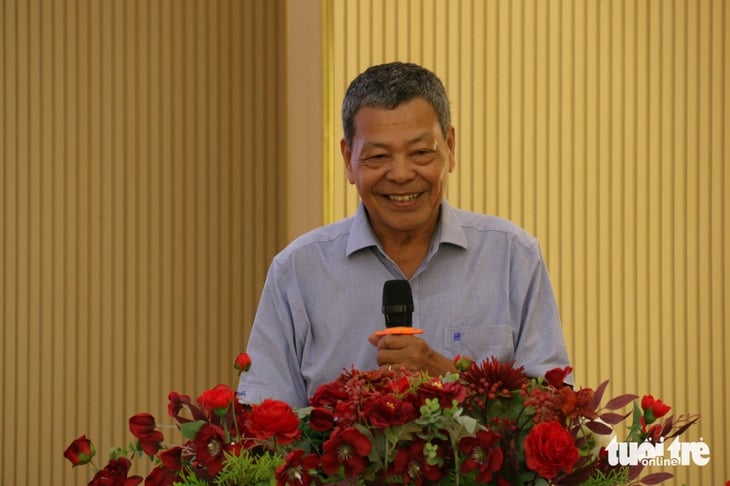
People's physician Bach Van Cam shares recommendations for preventing medical incidents for children and infants - Photo: BUI NHI
For newborns, medical staff should take care to write important information on the baby's thigh with a permanent marker. At the same time, choose and wear an identification bracelet that is appropriate to the baby's size. In particular, do not place two babies with similar names in the same treatment room.
"Safety from the first minutes of life" for children
Speaking at the conference, Dr. Tran Ngoc Trieu, Deputy Director of the Department of Health, said that World Patient Safety Day, September 17, is an opportunity for countries to raise awareness and promote specific actions to minimize medical incidents.
This year, the WHO patient safety theme is safe care for all newborns and children with the slogan "Safe from the first minutes".

MD CKII Tran Ngoc Trieu speaks at the conference - Photo: BUI NHI
Responding to that spirit, the Ho Chi Minh City health sector has issued recommendations to strengthen patient safety activities in pediatrics at medical facilities in the city.
In particular, the recommendation emphasizes that medical facilities need to arrange human resources with specialized training in emergency, neonatal resuscitation, pediatrics, and organize obstetrics and pediatrics coordination in screening, diagnosis and early intervention right from pregnancy, during birth and immediately after birth.
Ensure appropriate drugs and medical supplies, proactively provide drugs, supplies and equipment of appropriate sizes for children and standardize tools. Prevent hospital infections and strictly implement hand hygiene.
In addition, there should be solutions to ensure safety in the care of infants and children, prevent bed falls, child confusion...
In addition, family involvement in care is also very important. Medical facilities also need to develop mechanisms for parents and caregivers to participate in confirming medications, procedures, recognizing critical signs, and being instructed in child care skills in the hospital and after discharge.
Source: https://tuoitre.vn/phong-ngua-su-co-y-khoa-cho-tre-so-sinh-ngay-tu-nhung-phut-dau-doi-20250924205545714.htm


![[Photo] General Secretary To Lam receives Slovakian Deputy Prime Minister and Minister of Defense Robert Kalinak](https://vphoto.vietnam.vn/thumb/1200x675/vietnam/resource/IMAGE/2025/11/18/1763467091441_a1-bnd-8261-6981-jpg.webp)

















![[Video] Seasonal flu cases increase, people should not use antiviral drugs on their own](https://vphoto.vietnam.vn/thumb/402x226/vietnam/resource/IMAGE/2025/11/18/1763478195432_ca-mac-cum-mua-tang-5116-jpg.webp)





















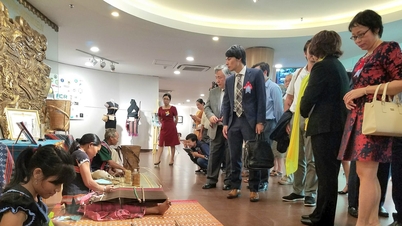









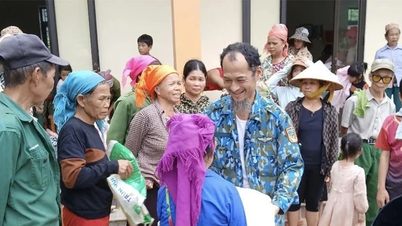









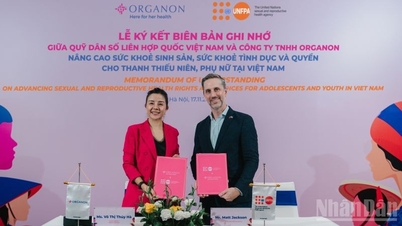
















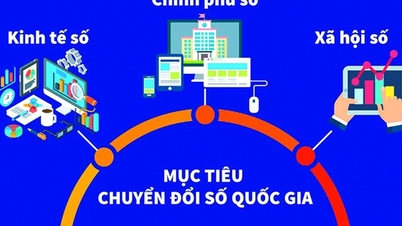










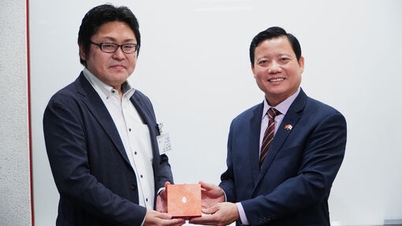














Comment (0)